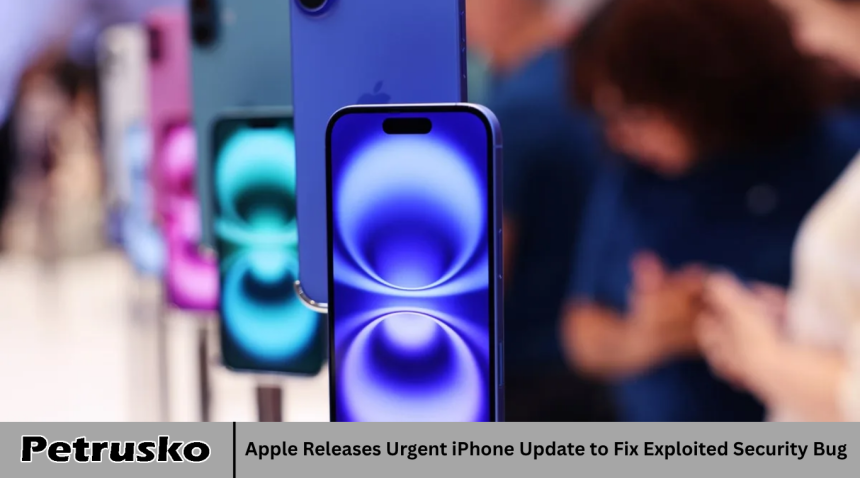Apple has released an urgent software update for iPhones to fix a serious security vulnerability. This bug was being actively exploited by hackers, putting users at risk.
The company acted quickly to patch the flaw and protect its millions of users worldwide. This update is crucial for iPhone owners to install immediately to keep their devices and personal information safe.
What Was the Security Bug?
The security flaw affected certain parts of the iPhone operating system, allowing attackers to execute malicious code remotely. This means hackers could potentially take control of the device or access sensitive data without the user’s permission. The bug was considered critical because it was being actively used in cyberattacks before Apple released a fix.
How Was the Bug Exploited?
Hackers used the vulnerability to send harmful content that could trick the iPhone into running malicious software. This could happen through messages, websites, or apps. Once the device was compromised, attackers could steal data, monitor activity, or use the phone for further attacks. The exploit was stealthy and dangerous because users often did not know they were affected.
Apple’s Response and Update Details
After discovering the issue, Apple developed a patch and released an urgent software update. This update closes the security gap and stops attackers from exploiting the bug. The company encouraged all iPhone users to download and install the latest update as soon as possible. The update is available for many iPhone models and is designed to be quick and easy to install.
Importance of Installing the Update
Installing this update is vital for protecting your device. Leaving the vulnerability unpatched could expose your phone to attacks that may compromise your privacy and security. Apple’s swift action shows the company’s commitment to user safety. Users who update their iPhones reduce the risk of falling victim to hackers exploiting this flaw.
How to Update Your iPhone
To update your iPhone, go to the Settings app, then tap on General and Software Update. If an update is available, you will see a notification with instructions. It is recommended to connect to Wi-Fi and have your phone charged before starting the update process. Following these steps ensures your device is protected from the latest threats.
Broader Impact on Security
This incident highlights the ongoing challenges of securing mobile devices in today’s digital world. Even the most advanced operating systems can have vulnerabilities that need quick fixes. It also shows the importance of staying updated with the latest software to defend against new cyber threats. Regular updates are a key part of maintaining device security.
Frequently Asked Questions
What was the security bug affecting iPhones?
The bug allowed hackers to execute malicious code remotely, potentially taking control of the device or accessing data.
How did hackers exploit this vulnerability?
They sent harmful content through messages, websites, or apps that tricked the phone into running malicious software.
What does the update do?
The update patches the security flaw, preventing attackers from exploiting the bug.
Which iPhone models are affected?
Many recent iPhone models are affected, and the update is available for those devices.
How can I update my iPhone?
Go to Settings, then General, then Software Update, and follow the instructions to install the latest version.
Why is it important to update immediately?
Updating protects your phone from attacks that could steal data or compromise your privacy.
What can users do to stay safe from future vulnerabilities?
Regularly install software updates, avoid suspicious links, and use strong passwords and security settings.
Conclusion
Apple’s urgent iPhone update addresses a serious security bug that was actively exploited by attackers. Installing the update promptly is essential for safeguarding your personal data and device integrity. This event serves as a reminder for all smartphone users to stay vigilant and keep their software current to protect against evolving cyber risks.













